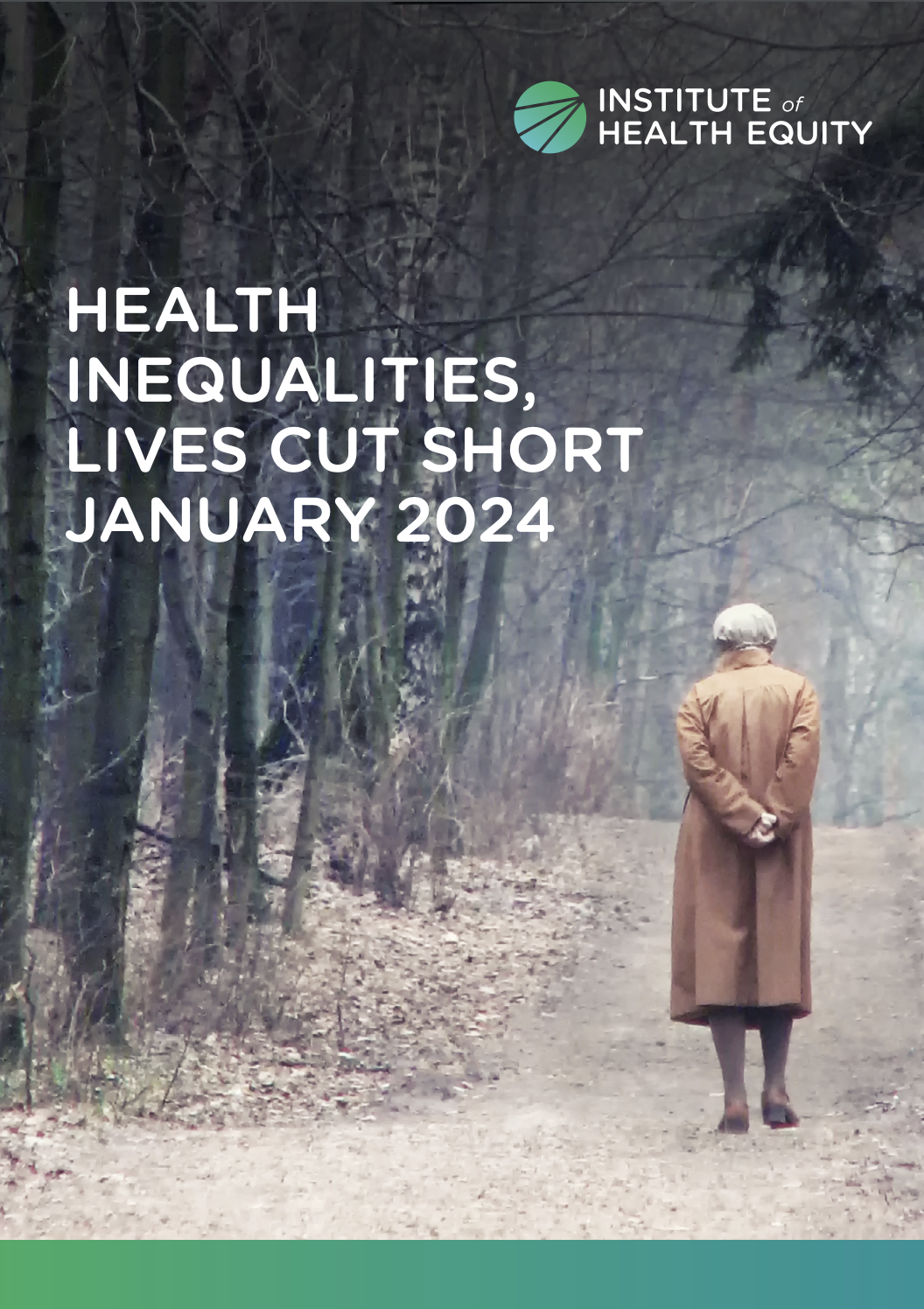
We know what to do to improve health and reduce health inequalities – now we need politicians to act. In this election year, IHE Director, Michael Marmot, has published an open letter, calling on politicians to give us hope for a better future.
Not only is health the foremost concern of individuals, communities and businesses, health is also an indicator of how well a nation is performing. The UK is now well below the EU average for how long people can expect to live in good health. The UK’s rankings have gone down since 2014.
While healthcare is important in treating ill health, the causes of ill health lie in the conditions in which people are born, grow, live work and age. These conditions have deteriorated and resulted in worse health and shorter lives.
Recent IHE analysis shows that 1,213,949 people’s lives were cut short between 2011 and 2020 in 90% of areas in England, as a result of avoidable social and economic inequalities.
Austerity and regressive funding cuts harmed health and worsened health inequalities well before the COVID-19 pandemic. Overall, the decade was marked by stalling life expectancy (declining for women living in the 10 percent most deprived areas).
While there has been a lack of effective policies nationally, there has been local action. The IHE is working with over 40 local authorities(to become ‘Marmot Places’), health care organisations, business and voluntary sector. We know what to do to tackle health inequalities and it is proving effective, even in the face of rising poverty and financial cuts.
-
Coventry, 2013 (1 local authority)
-
Greater Manchester, 2019-21 (10 local authorities)
-
Cheshire and Merseyside, 2021-24 (9 local authorities)
-
Lancashire and Cumbria, 2021-22 (4 local authorities)
-
Luton, 2022 (1 local authority)
-
Waltham Forest, 2022 (1 local authority)
-
Gwent, 2022-23 (5 local authorities)
-
Southwest region, 2023-2025 (counties of Bath, Wiltshire, West Bristol, Somerset, Gloucestershire, Cornwall and Isles of Scilly, Devon and Dorset)
-
Leeds, 2023-2025 (1 local authority)
The IHE has set up a UK-wide Health Equity Network to help organisations and localities share best practice on implementing the evidence on reducing health inequalities.
